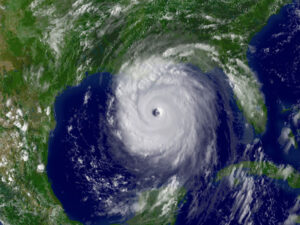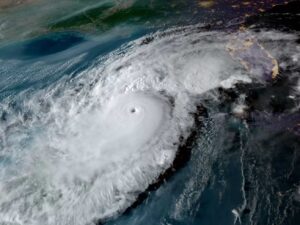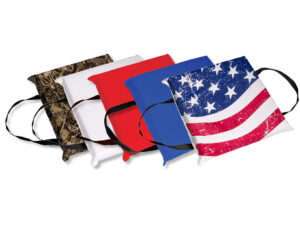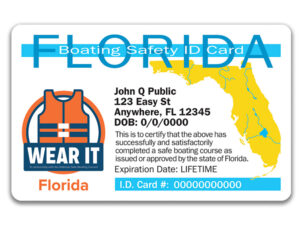Most every boater knows what the stand-on vessel and give-way vessel are, and if you don’t, get a copy of the Navigation Rules. If your boat is big (12 meters or 39.4 feet length overall or longer), you’re required by law to carry a copy aboard anyway. This is a key component to passing, crossing and meeting situations. The definitions of stand-on and give-way are directly linked to your right of way. The boat with the right of way — the stand-on vessel — is obligated to maintain course and speed. The give-way vessel is obligated to take action to avoid the collision, usually by slowing down, changing course, or both.
But what happens when you are the stand-on vessel, clearly and without doubt, yet the give-way vessel fails to act as required? The rules provide for stand-on vessels to act to avoid collision “as soon as it becomes apparent” that the give-way vessel is not giving way.
All of this works OK for ships at sea. It also works OK for slow boats, like sailboats under power, and for boats that are simply going slowly. (But keep in mind that a pair of boats traveling 8 knots each can converge at 20 mph, which is 1,780 feet, or more than one-quarter mile, per minute). It works out because the vessels in question are far enough apart, moving slowly enough, or both, so that inaction by give-way vessels can be determined with certainty before (breaking Rule 17{a}) action needs to be taken to avoid collision with the privileged vessel (complying with Rule 17{b}, and also Rule 2{b} in my estimation).
In a congested waterway, where running at planing speeds in close company with other boats is the norm, we are challenged with running through the right-of-way “decision tree” on a rapid-fire basis. We face multiple meeting and crossing situations simultaneously.
What to do? Here are four simplified pillars of collision avoidance for your review.
1. Right of Way
Boats to starboard (right) have the right of way; they are privileged.
2. Danger Zone
It runs from dead ahead to two points (22 degrees) abaft the starboard beam; boats in this area are also privileged.
3. Traffic Lights
At night, look to the running lights. Seeing another vessel’s red light means “stop” because you are the give-way vessel; green means “go” and that you are the stand-on vessel.
4. Never Stand On Principle
Remember the tale of Johnny O’Day?…Here lies the body of Johnny O’Day, who died preserving his right of way. He was right, dead right, as he sailed along, but he’s just as dead as if he’d been wrong.









